By Paul Fleischman and Kevin Hawkes
Fleischman and Hawkes present a unique children’s book with no dialogue and almost no text at all. A young girl, among adult citizens on a street bench, observes a man putting up circus advertising posters near shops on the street and a building under construction. The hawker puts up one sign for tightrope walkers under the building frames where workers are carrying cement and construction equipment, walking the girders. The sign for Goliath the strongman goes up next to the butcher shop as a young man lifts entire frozen meat portions, just like a strongman could. The shadow of the young man even looks like a man lifting barbells. The sign for the flying clowns is put up next to the grocery as young boys on skateboards perform inadvertent pratfalls and last minute escapes from pedestrians.
On each bright, primary-colored page, the unnamed child observes adventures and entertainments so resembling circus acts that she covers her eyes at the exciting parts and claps her hands at the skill. The “goings on” of daily life so resemble a circus that she mistakes the images for circus acts. (Represented by changing the shadows to the shadows of those same circus acts.)
The book presents the story in open-book units. Both pages of the book present one image with the story requiring both. This enables group viewing and the lack of text encourages the child readers to make up the share the story as they turn the pages.
A summary page unit is used to separate the young girl observer from a young boy observer by presenting a view of the imagined circus acts all together. This separates the two pages into 4 distinct action areas to encourage more discussion before the main characters change, and to give the impression of the old four- ring circus. As the new character takes his seat where the young girl was, the action clears (like the changing acts at a circus) and new acts begin.
I found it very clever to deliver the story without dialogue, encouraging children to see the adventure in life around them rather than pay to have entertainment brought to them. In a culture where videogames must be bought (or at least have coins inserted), the idea that entertainment can be found by only adjusting your viewpoint is an excellent one for young children.
Sadly, I also found much realism in the fact that the adults were oblivious to all this free entertainment being totally self-absorbed.
I am still looking for a lesson plan for this particular book.
Sunday, March 4, 2007
Subscribe to:
Post Comments (Atom)




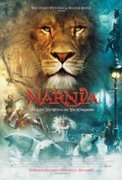

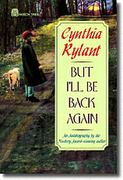

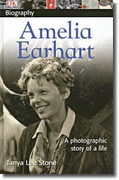





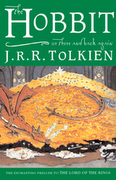
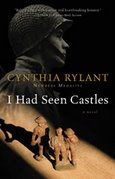
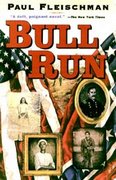


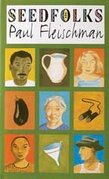


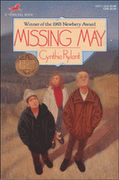
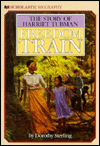
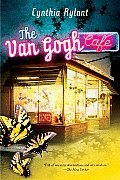





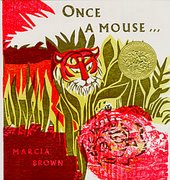
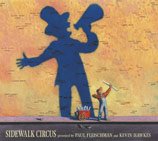



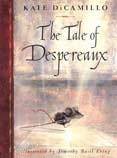

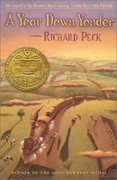




No comments:
Post a Comment